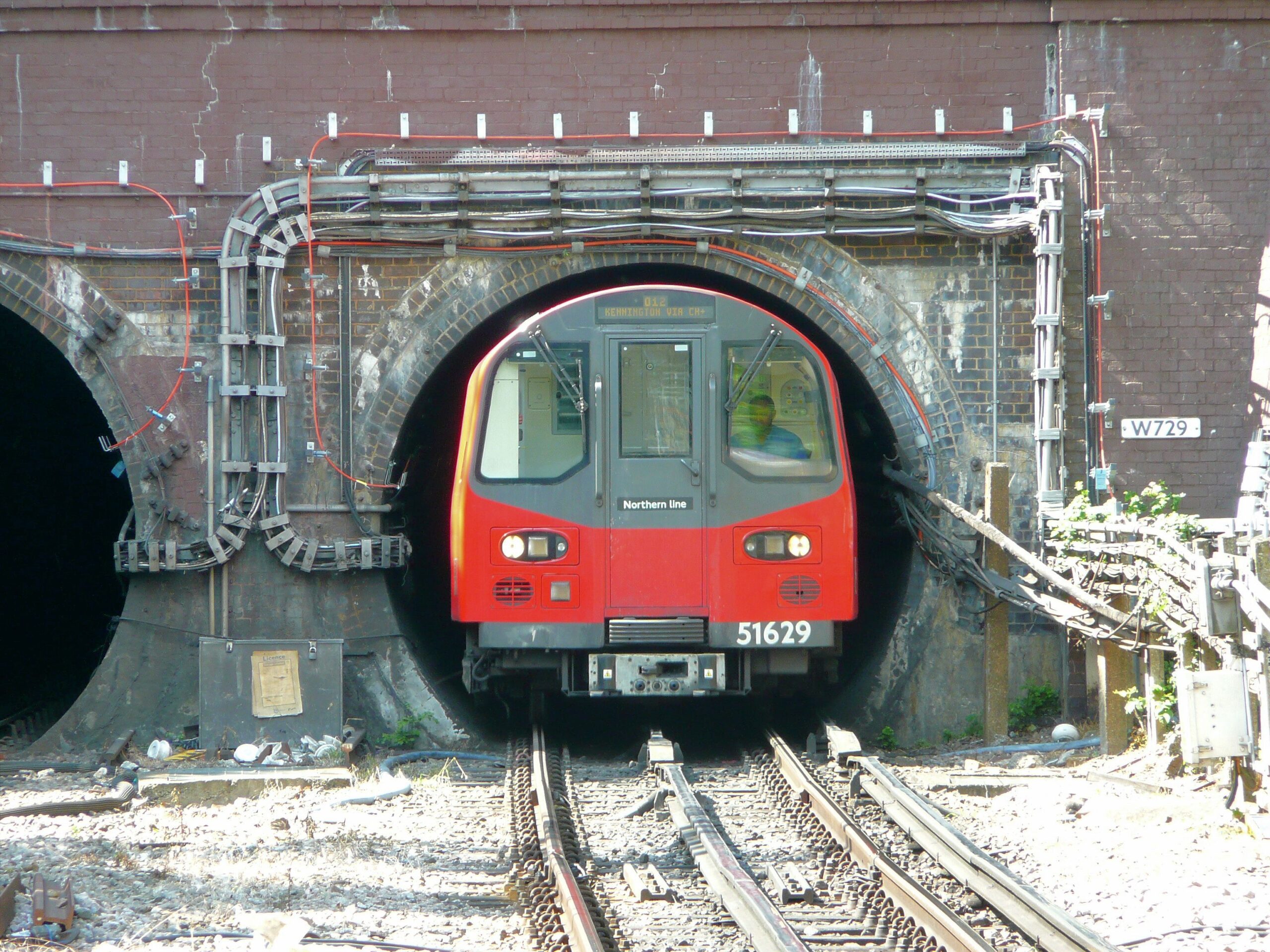On November 4, 1890, London etched its name in history with the launch of the world’s first electrified railway. This monumental leap in transportation revolutionized how people moved within the city and positioned the London Underground as the trailblazer of electric railway systems, setting the stage for the evolution of modern urban transit worldwide.
Fun Facts:
- London’s City & South London Railway (C&SLR), which opened on November 4, 1890, was the first urban underground railway to use electric trains. It ran between Stockwell and King William Street and spanned 3.2 miles.
- Before the era of electrification, railways were powered by steam engines, which were not only dirty but also slow. Due to ventilation issues, they were impractical for underground lines. The advent of electric railways was a game-changer, offering a cleaner, faster, and more efficient mode of travel, a significant leap in the evolution of transportation.
- The C&SLR used small electric locomotives pulling passenger carriages. The original tunnel was so small that it was nicknamed the “Tube,” a name that stuck and became synonymous with London’s entire underground network.
- The electrified railway’s success was nothing short of a triumph, spurring future expansions of the London Underground. By 1905, all underground lines in London were electrified, a testament to the power of innovation and progress.
- Today, the London Underground is one of the world’s largest and busiest subway systems, but it all began with the modest 1890 opening of the City & South London Railway.
- The innovation of electrified railways wasn’t just a London phenomenon—it inspired cities around the globe to develop their electric rail networks. London’s pioneering step in 1890 set the stage for a global revolution in urban transit.

